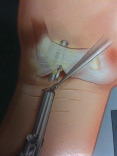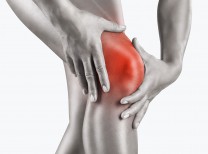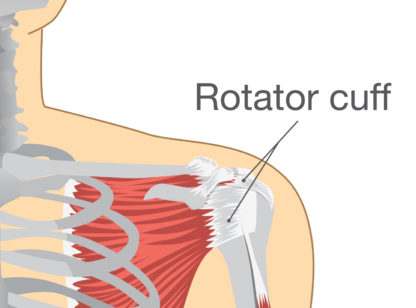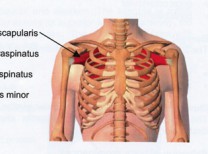Low back pain is a significant health issue and one of the most common reasons for a doctor’s visit. Over 80% of the population has experienced at least one memorable episode of significant back pain in their lifetime, and it is the leading cause of disability and days lost from work.
The spine is a complex system of vertebrae (7 cervical, 12 thoracic, 5 lumbar plus the sacrum and coccyx), 22 discs, 48 facet joints, as well as numerous muscles and ligaments that are responsible for maintaining posture and motion. Injury to any one of these structures can result in pain, and diagnosing the origin of the pain can be difficult. A series of detailed questions about the nature of pain, how it started, where it is located and what motions improve or worsen the pain, combined with a focused physical exam, can help your doctor determine the cause. Diagnostic studies may be necessary in some cases, particularly if sciatica, the pain that radiates from the lower back into the legs, accompanies the back pain.
There are other disease processes unrelated to the spine that can cause back pain such as kidney stones, abdominal aortic aneurysms, inflammation of the pancreas or arthritis in the hip joints. The good news is that the most common cause of spine pain is a simple sprain, and the vast majority of patients (upwards of 90%) improve without any intervention. Simply resting the area, avoiding repetitive bending, twisting, lifting, short-term bracing and an over-the-counter anti-inflammatory take care of the majority of cases. If necessary the next step would be physical therapy, chiropractic treatment, stronger anti-inflammatory medication and short-term (not more than a week or two) prescription narcotic pain killers.
The treatment protocol typically starts with noninvasive measures and escalates from there as needed to spinal injections, including steroid injections, selective nerve blocks and facet joint injections.
There are various types of surgical interventions that can be used to treat spinal disorders. These interventions can range from minimally invasive outpatient surgery to the more traditional open operations and even fusions depending upon the underlying problem. Although we use surgical treatment as the absolute last resort, in certain situations an operation is the first line of therapy, particularly when the patient has a neurological deficit and paralysis due to the nerve impingement.
There are certain measures we can take to minimize the risk of back injury as we grow older; most importantly, keeping the core muscles strong and maintaining a healthy weight and overall flexibility. Proper posture and body mechanics are crucial. Daily stretching, yoga and water therapy are highly effective in the older age groups as high impact exercises can result in aggregation of joint arthritis and disc tears. If you have not been active in the recent past, you should ask your physician for guidance on the proper exercise regimen.
Shahin Etebar, M.D., is fellowship-trained in spine and neurological surgery and can be reached at Desert Spine and Neurosurgical Institute (760) 346.8058 or www.dretebar.com. He is also a member of Desert Doctors. For more information visit DesertDoctors.org or call (760) 232.4646.














































Comments (0)